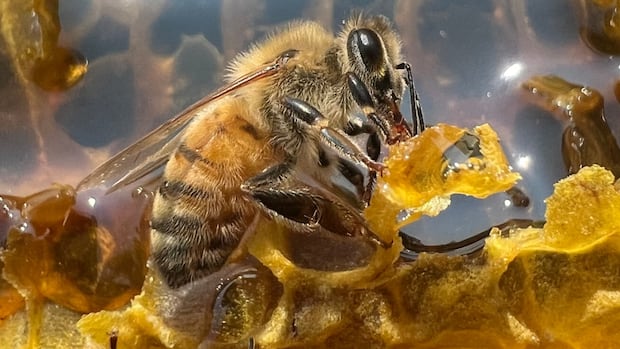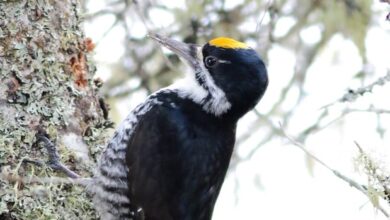Scientists thought this Antarctic sea floor would be barren. But it’s teeming with life

Antarctic sea floor teeming with life after iceberg break
A recent expedition to the Antarctic sea floor has uncovered a surprisingly diverse and lush marine ecosystem, challenging scientists’ previous assumptions about life thriving in the dark depths beyond the reach of the sun.
The crew aboard the Schmidt Ocean Institute vessel embarked on the expedition after learning that a massive iceberg, the size of Chicago, had broken off from the George VI Ice Shelf. This presented a unique opportunity to explore an area previously inaccessible to humans.
Chief scientist Patricia Esquete and her team were initially skeptical about finding much life in the region, given its isolation from sunlight. However, the first images captured by their remotely operated vehicle revealed a thriving ecosystem filled with corals, sponges, fish, giant sea spiders, and octopuses, some of which are likely new to science.
The discovery has left scientists puzzled as to how such a diverse array of species could have flourished in an environment devoid of sunlight for centuries. The region was covered by ice nearly 150 meters thick, preventing photosynthesis and the production of food.
Despite the challenges, the team is excited to unravel the mysteries of this unique ecosystem. They plan to conduct further research to understand the mechanisms that sustain life in the area and classify the newly discovered species.
The expedition also highlights the impact of climate change, as the ice sheet has been melting and shrinking for decades. University of Victoria marine biologist Verena Tunnicliffe emphasizes the importance of monitoring the newly exposed ecosystem to track any changes resulting from the iceberg break.
As scientists continue to analyze the data and samples collected during the expedition, they hope to gain a better understanding of the underlying processes that support life in this remote and previously unexplored region of the Antarctic sea floor.




